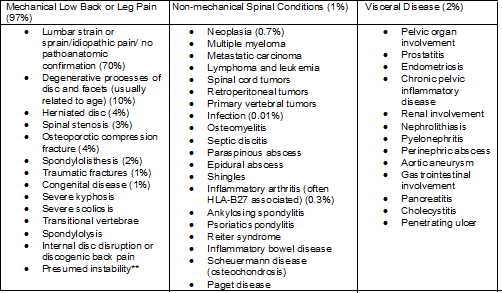
Parasitic worms, also known as helminths, are large enough for people to see with the naked eye, and they can live in many areas of the body. Protists cause malaria through mosquito bites. Protist pathogens can also be parasitic and live in other organisms, such as mosquitoes. Foods containing protists can cause dysentery, which is an infection of the intestines that causes diarrhea. Protist pathogens affect plants and food crops. They infect other organisms to survive and reproduce.

These single cell organisms cause disease in their host. They can use signals in the body to anticipate imminent threats to their survival, against which they can then prepare themselves. These conditions are contagious and can spread through person-to-person contact.Ī study in Trends in Microbiology found that fungal pathogens are evolving a capacity for memory.
#PHYSICAL PATHOLOGICAL DISEASE LIST SKIN#
Common fungal skin conditions include athlete’s foot and ringworm. There are thousands of species of fungi, some of which cause disease in humans.

It then replicates, producing hundreds and thousands of new viruses that go on to infect more host cells. Smaller than bacteria, a virus invades a host cell. In the body, there are many types of harmless bacteria, and some may even support essential bodily functions. They can release toxins that damage tissues and cause illness.ĭoctors typically prescribe antibiotics to treat bacterial infections, but some bacteria are becoming resistant to these drugs. There are five main types of pathogens: Bacteriaīacteria are microscopic pathogens that reproduce rapidly after entering the body. The body can easily fight off some pathogens, but others are potentially fatal. The human body’s immune system acts as a defense against pathogens.

As with any organism, pathogens prioritize survival and reproduction. Another name for a pathogen is an infectious agent, as they cause infections. Share on Pinterest Bacteria, viruses, and fungi are all types of pathogens.Ī pathogen brings disease to its host.


 0 kommentar(er)
0 kommentar(er)
